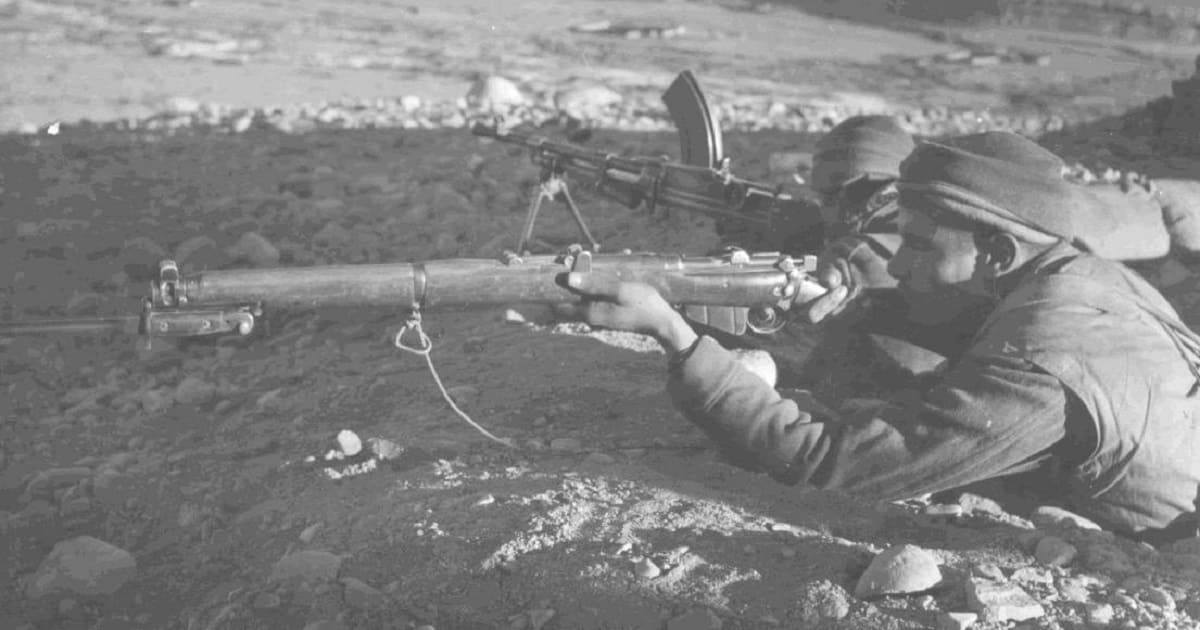
Discussions around the India-China war in 1961-62 include the strategic failures of the then Prime Minister Jawaharlal Nehru and his team of ministers. During that period a superior Chinese military pounded the Indian forces across many segments of the battle.
Despite the brutal attack, India managed to retain the Chushul sector of Ladakh, where Indian soldiers bravely fought the Chinese officials. Losing Chushul would have meant paving way for the Chinese to gain access to the roads and valleys directing up to Leh.
ADVERTISEMENT
What triggered the Indo-China war in 1962?
On 20 October 1962, when a transport aircraft of the Indian Air Force, Antonov An-12 was on a mission to airdrop supplies near Daulat Beg Oldi in Ladakh, the Chandigarh Air Force Station witnessed that it was hit 19 times by a Chinese machine gun when it returned to the airbase. This was enough to understand that an undeclared war had begun. This was the first time Indians realized the scope and scale of the Chinese offensive against India in the western sector.
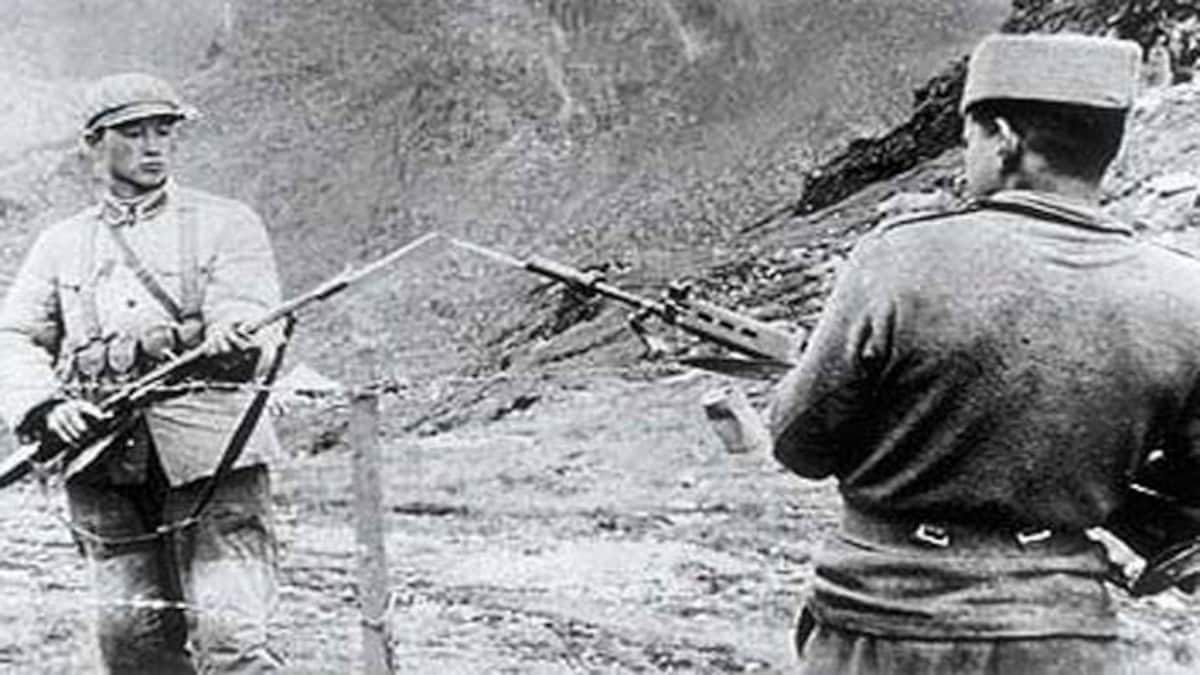
The Chinese targeted Chushul to enter Ladakh
Chushul is located south of the famous Pangong Lake in southeastern Ladakh. The place holds an important place in the defense of the region and has immense strategic value. The Indian posts around Chushul are important for controlling any approaches from Tibet as the roads and valleys from Chushul lead to Ladakh.
The Chinese were aware that gaining access to Chushul will give them easy access to the roads and valleys leading to Leh.
The Spanggur Gap, a two-kilometer-wide break in mountains along the Line of Actual Control was the main threat to Chushul. The gap is located in the south of Pangong Lake, about 15 km east of Chushul. Any major mechanized warfare from the Chinese side would have to come through this gap towards Chushul.
ADVERTISEMENT
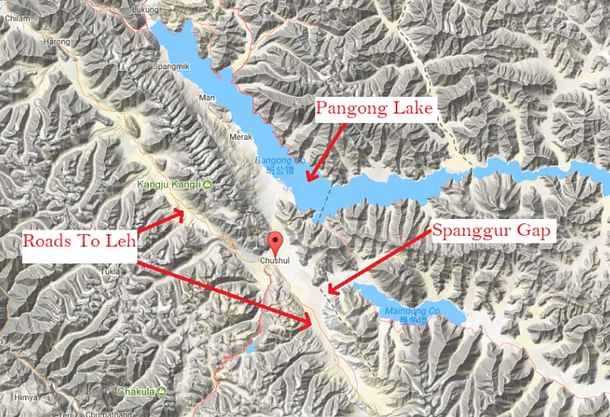
Forfeiting Chushul would have meant losing Ladakh to China
The Chinese offensive was supported by their tanks, and the Indian Army had demanded the airlifting of six AMX-13 tanks of the 20 Lancers regiment to Chushul in south-eastern Ladakh in response to China’s firepower. Senior defense analyst Ajai Shukla stated India needed those tanks,
“to secure the flat approaches from Tibet towards India’s crucial defences at Chushul,”
As road networks into Ladakh from the Indian mainland were largely non-existent, the only option available was airlifting these tanks.
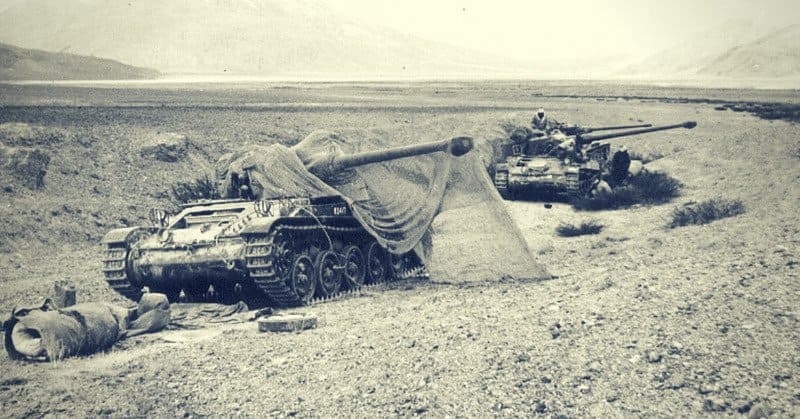
How did the Indian Air Force airlift the tanks to Chushul?
The armed forces personnel at the Indian Air Force base in Chandigarh had to face serious logistical problems while loading these tanks into the IAF’s transport aircraft—the AN-12.
As Air Chief Marshal PC Lal wrote in his book My Years with the IAF,
“However sturdy the aircraft, the possibility existed that the tracks of the tanks might tear up the [aluminium] flooring,”
Another challenge was whether the tail wheel area of the aircraft will be able to bear the weight of the heavy tanks while loading them into the aircraft. Air Chief Marshal Lal also wrote,
“the tail wheel area of the aircraft would stand up to the weight of the tank as it was driven in.”
Fortunately, the Army officer-in-charge, Lieutenant Colonel Gurbachan Singh, found a way to overcome both problems.
ADVERTISEMENT
The jugaad that saved the day
For the first problem, Lt Colonel Singh hired carpenters to “construct a floor covering with wooden planking cut to fit the shape of the floor exactly so that the planks would not move,” which would allow the tanks to enter without slipping.
For the second problem, “a big, strong wooden arc was constructed to give support from below, and sandbags were piled between the wooden support and the body of the aircraft to act as shock absorbers.”
Meanwhile, as the aircraft could carry up to 10 tonnes, the IAF was compelled to reduce the load within the aircraft. According to this Swarajya account of events, discussions between the IAF and the Army resulted in a solution in the form of detaching non-essential items and “unloading some ammunition and reducing fuel”.
To reduce the weight of fuel, the IAF decided to carry the bare minimum required to make the Chandigarh-Chushul-Chandigarh flight.
ADVERTISEMENT
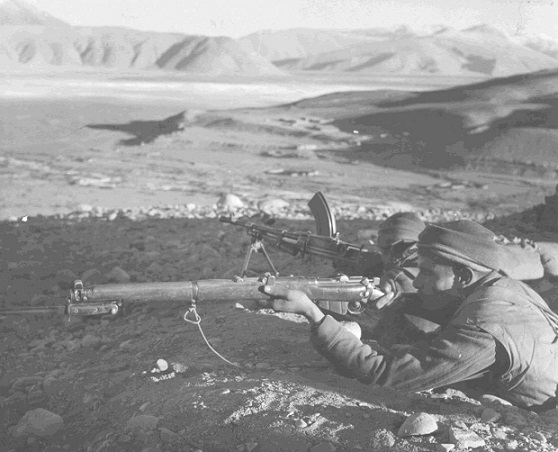
When the mission was about to get hindered as one of the trained drivers asked for a last-minute leave for the delivery of his baby
Driving these massive tanks into the aircraft was a big challenge. Each tank had a three-man team reserved for loading it into the aircraft. One would drive the tank while the other two would give directions and supervise. A final demonstration was held on October 24, 1962, after which the Air Force was satisfied that everything was in order.
But things became difficult when, at the very last minute, one of the drivers received news that his wife would shortly deliver their first-born child, and asked his superiors for leave.
This was an extremely difficult situation for IAF personnel and the Army who trained the men meticulously to make sure these tanks were delicately loaded into the AN-12 aircraft.
To handle the situation to avoid any last-minute panic Lt. Colonel Singh sent an Army doctor to the tank driver’s home in a nearby village to handle his wife’s delivery. After the doctor returned with a photo of the child the process of lifting these tanks into the aircraft commenced.
ADVERTISEMENT
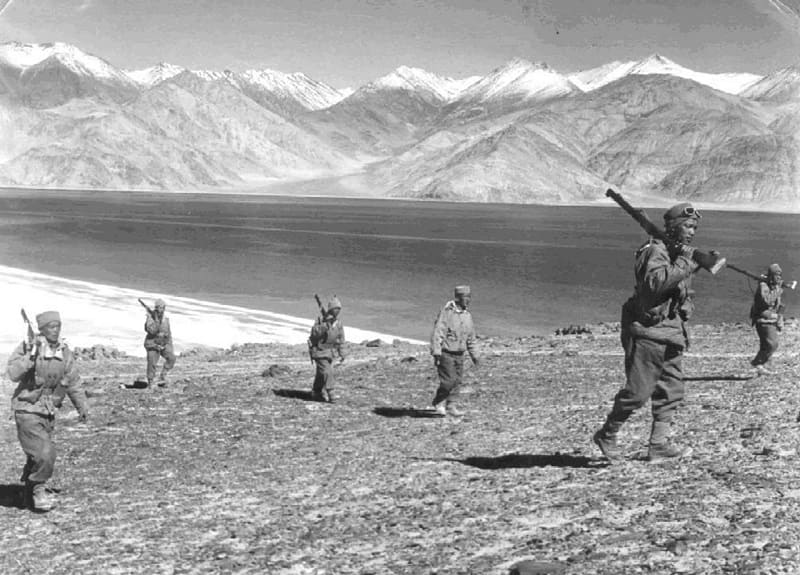
That tank driver did receive the leave on his return from Chushul. Ultimately, on the intervening night of October 24th and 25th, the first batch of tanks were loaded and landed in Chushul on October 25 morning. The second batch was loaded the next day at night and arrived at Chushul in the morning on October 26.
The Final Challenge
The final challenge was landing, offloading, and returning to the base because the AN-12 aircraft barely had enough fuel for the trip back. Thus, the soldiers at Chushul had just 15 minutes to unload each aircraft.
It is because of these tanks that the Chinese advance could be fortunately blocked and this challenging task was performed in a well-planned way. The meticulous act made a record because for the very first time in Indian military history tanks had been airlifted into combat from under the nose of the enemy Chinese forces.
In other words, Ladakh was prevented from being snatched away by the Chinese due to one soldier’s jugaad.
ADVERTISEMENT
The events of the war before the tanks landed
On 20 October, after the Chinese captured the Indian posts around Daulat Beg Oldi and some positions north of the Pangong Lake on 21 October, there was a pause in the battle.
India took advantage of the lull to establish a division worth of troops in Ladakh by 30 October. Leh-based 114 Infantry Brigade, led by Brigadier Tippy Raina who became the Army Chief later, was moved to Chushul. Additional infantry battalions were also inducted, including 3/4 Gurkha Rifles, 9 Dogra, 1 Jat, and 13 Field Regiment equipped with 25-pounder field guns. Forces were so deployed to protect all possible routes to Leh.
The tank crew acclimatized itself to the chilly temperature and air at 15,000 feet quite fast. The tanks, however, faced some problems, the ratified air, and low operating pressure led to problems in the cooling systems of the tanks and the freezing cold affected the efficiency of their engines. The tanks airlifted from Chandigarh were taken to the base of Gurung Hill which is a hill on one side of the Spanggur Gap.
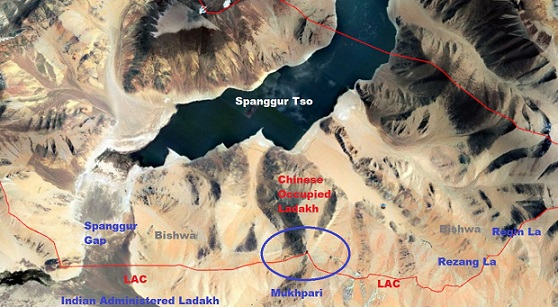
After the lull ended on 18 November, the tanks were already landed and positioned. When the Chinese troop attacked on 18 and 19 November, the tanks played a huge role to stop the advancing Chinese Army and secure the path leading to Chushul and Leh. The war continued till 21 November after which the two-month conflict came to an end.
ADVERTISEMENT
ADVERTISEMENT











